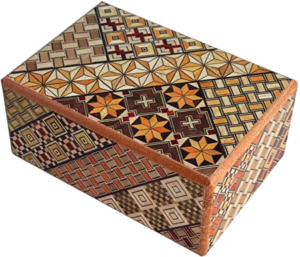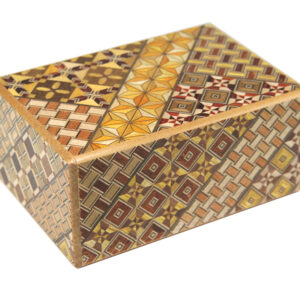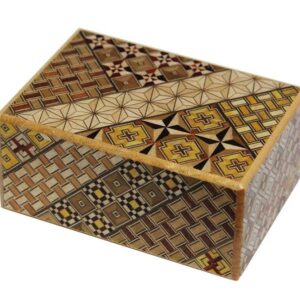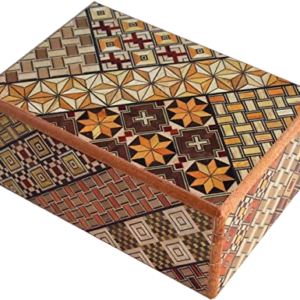Hakone Yosegi Zaiku
Traditional Japanese Woodcraft
What is Yosegi Zaiku?
Hakone-Yosegi-Zaiku is a woodwork made in the mountains of Hakone, Kanagawa Prefecture. Because the area has a rich natural environment, including the rich variety of trees in the Hakone Mountains, marquetry has developed by making use of the natural colors of the various trees found in the region. Hakone-Yosegi-Zaiku is characterized by its ability to create a variety of patterns by combining the different colors of the trees. As a result, it is possible to express traditional patterns such as waves, hemp leaves, arrows, and weaves. Trees are also divided into different colors, and there are more than 50 species.




